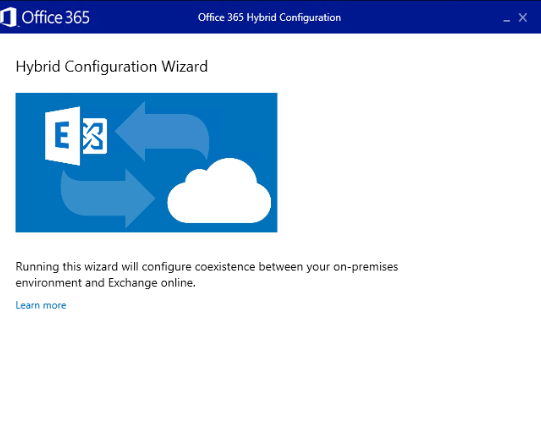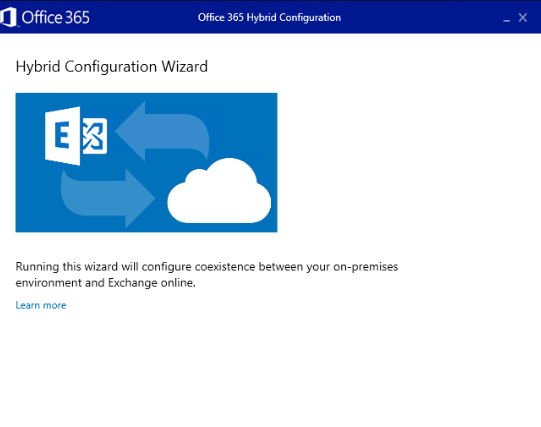In the ever-evolving landscape of IT infrastructure, the need for seamless integration between on-premises and cloud environments has become paramount. Recognizing this need, Microsoft has continually enhanced its tools and services to facilitate seamless transitions and collaboration. One such adva...
In today's interconnected business landscape, integrating on-premises infrastructure with cloud services has become essential. Exchange Online, part of Microsoft 365, offers powerful collaboration tools in the cloud. However, many organizations still rely on on-premises Exchange Server deployments. ...
In the field of email communications, Microsoft Exchange stands out as a robust and widely used platform. One of the key features that administrators and IT professionals take advantage of for troubleshooting and monitoring is Exchange message tracking. This powerful tool allows you to trace email's...
Exchange Admin roles and responsibilities L2 1. Perform backups. Each day, perform necessary system and application backups to tape. Perform backup of Exchange Server information stores. The backup content and schedule should be driven by identified risks and ...
In Exchange server, 2013 many changes have been made to simplify the process to manage the mail flow. In Exchange server 2010 we need to have a separate hub transport server and separate edge transport server but in exchange server 2013, this is no longer needed and we don’t need to install a se...
Exchange database availability groups (DAG) have been around since Exchange 2010. So why are some admins under the impression they don’ need them? Some say, “I have Hyper-V replicas as my backup” or “Why the hell do I need another Exchange server to manage?” In some cases, I have seen an Exchang...
1 - 6 of ( 8 ) records





